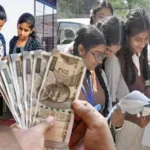Widows
Table of Contents

In a country as diverse and populous as India, social welfare programs are essential to support the most vulnerable sections of society. Among them, widows—especially those from underprivileged backgrounds—often face severe financial and social hardships. To address this, the government has launched various initiatives, one of the most crucial being the Widow Pension Scheme. This article explores how this scheme serves as a beacon of hope, enabling financial independence and restoring dignity to countless women across the nation.
💥 Get the iPhone 16 Pro Max for Just ₹1 – Unbelievable but True! 💥
The Challenges Faced by Widows in India

Losing a spouse is emotionally devastating, but for many women in India, the loss also marks the beginning of financial insecurity and social alienation. Especially in rural and economically backward areas, widows often find themselves without income, job prospects, or family support. Cultural stigma can further isolate them, pushing them into poverty and dependence.
For destitute widows—those without children, land, or any other form of support—the challenges are even more severe. They may lack basic necessities like food, shelter, and healthcare. This is where government intervention becomes crucial to uphold their right to live with dignity.
The Challenges Faced by Widows in India

The Widow Pension Scheme—also known in various states by names such as Vidhwa Pension Yojana or Destitute Widow Pension Scheme—is a social welfare initiative designed to provide a monthly pension to widows who are below the poverty line. The aim is to ensure a steady, if modest, source of income that helps them cover basic living expenses.
Key Objectives of the Scheme
- Financial Stability: To offer a dependable source of income to economically weaker widows.
- Social Inclusion: To help widows live with dignity and participate in community life.
- Women Empowerment: To promote self-reliance and improve the overall quality of life for widows.
Eligibility Criteria
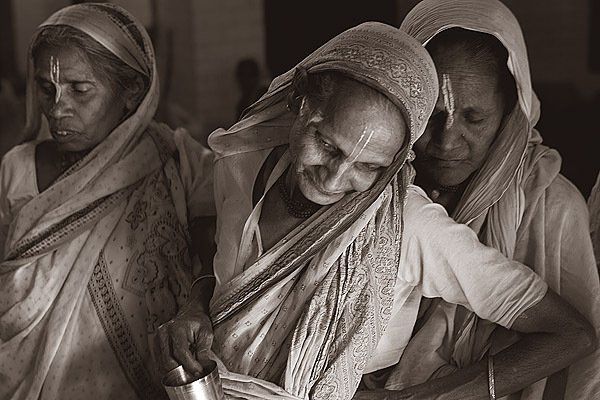
While the specific requirements may vary from state to state, the core eligibility conditions typically include:
- The applicant must be a widow.
- She should be above 18 years of age (in some states, the age limit starts at 40).
- She must be below the poverty line (BPL).
- The applicant should not be receiving other pensions from central or state government sources.
- Often, the widow should be a resident of the state where the scheme is being applied for.
Application Process
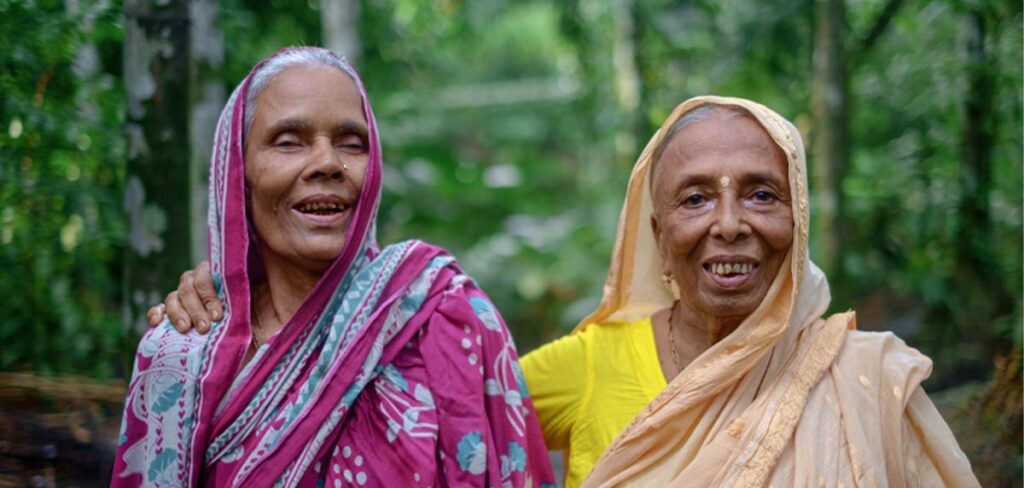
Most state governments have simplified the application process to ensure ease of access:
- Visit the Official Portal: Applicants can visit the state’s social welfare or pension scheme website.
- Fill Out the Form: Basic details like name, age, address, Aadhaar number, and bank details must be provided.
- Attach Documents: Required documents generally include the death certificate of the husband, Aadhaar card, income certificate, and bank passbook copy.
- Submit for Verification: Once submitted, the application is reviewed by officials, and if approved, the pension is disbursed directly to the beneficiary’s bank account.
In rural areas, support is often provided through village-level workers, Anganwadi centers, or Common Service Centers (CSCs), where staff assist with documentation and digital submission.
State-Wise Implementation and Benefits
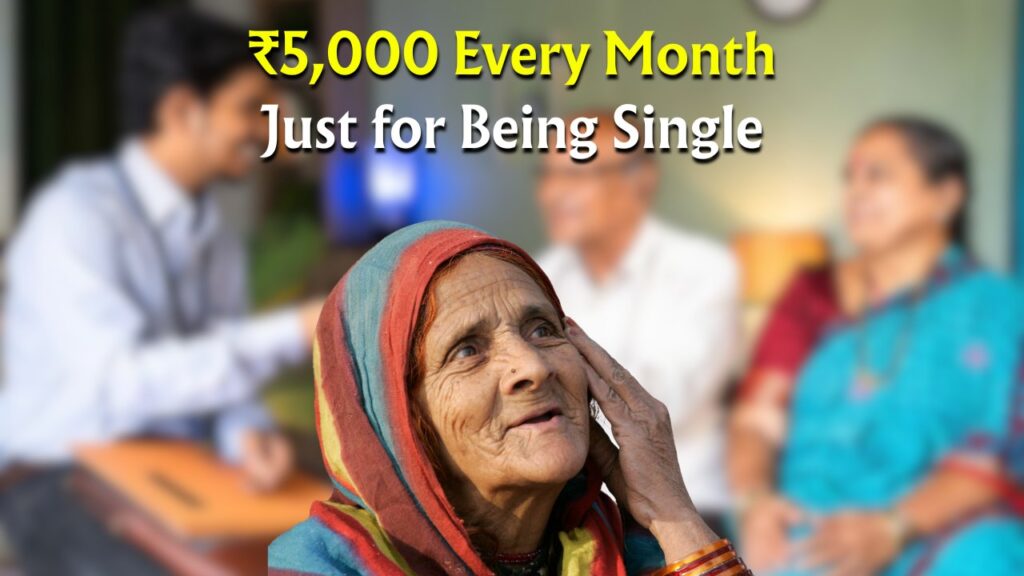
Different states in India have adopted their versions of the Widow Pension Scheme with slight variations in eligibility and benefit amounts. For example:
- Uttar Pradesh: Offers ₹500 per month to eligible widows.
- Tamil Nadu: Provides ₹1,000 per month under the Destitute Widow Pension Scheme.
- Maharashtra: Grants ₹600–₹900 per month, depending on age and income level.
- Rajasthan: Offers ₹500–₹1,000 per month based on age group.
Some states also provide additional benefits such as skill development training, subsidized healthcare, or ration benefits to support widows holistically.
Impact of the Scheme
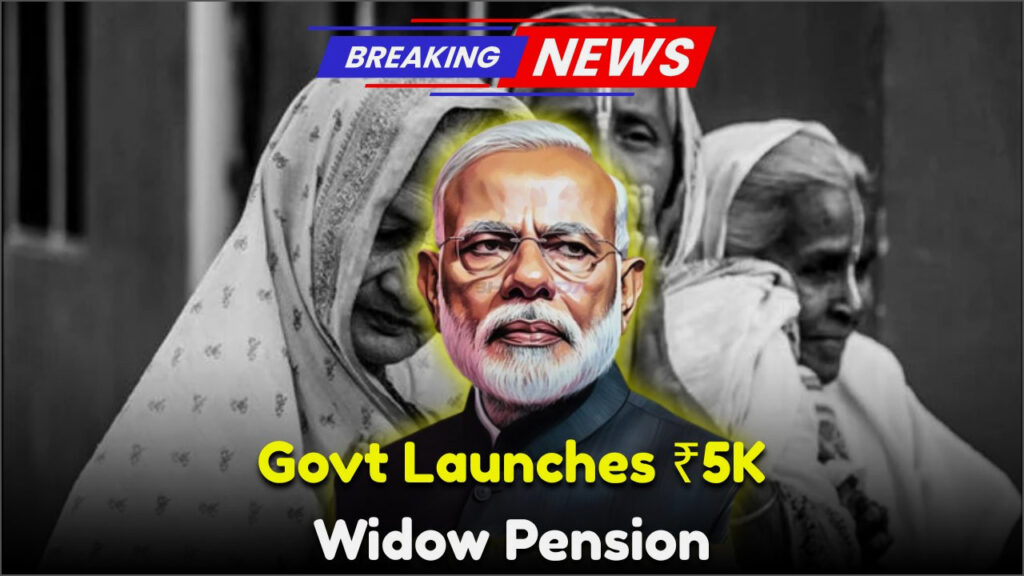
The Widow Pension Scheme has transformed the lives of millions of women across India. Here’s how:
1. Restoring Financial Dignity
Even a small monthly pension can mean a great deal for a widow with no other income. It helps cover daily expenses, purchase medicines, and sometimes even contribute to household needs.
2. Reducing Dependency
Women who once depended on distant relatives or charitable donations can now manage their own needs. This shift reduces the emotional burden and helps build self-confidence.
3. Encouraging Social Inclusion
With financial support, widows can re-enter society with a sense of purpose. Many use the funds to start small businesses, participate in self-help groups, or support their children’s education.
4. Aiding Mental and Emotional Health
Financial stress is a major cause of anxiety and depression among widows. The pension scheme, by alleviating this burden, contributes to better mental well-being and emotional resilience.
Success Stories
Consider the story of Lakshmi Devi from rural Karnataka, who lost her husband at the age of 45. With no income and three children to support, she struggled to make ends meet. Upon enrolling in the state’s Widow Pension Scheme, she started receiving ₹1,000 per month. While not a large amount, it helped her buy groceries and pay for her children’s school supplies. Over time, with the help of a local NGO, she also started tailoring clothes and now earns a stable income.
Stories like Lakshmi’s are not rare—they’re becoming more common as awareness and outreach improve.
Challenges and Way Forward

While the Widow Pension Scheme has made notable progress, several challenges remain:
- Low Awareness: Many eligible women are unaware of the scheme due to illiteracy or lack of outreach.
- Delayed Payments: In some regions, bureaucratic delays result in irregular pension disbursements.
- Inadequate Amounts: The current pension amounts, though helpful, are often insufficient to cover all basic needs.
- Documentation Issues: Widows without proper documentation face barriers in enrollment.
Recommendations
- Increase Pension Amounts in line with inflation and regional cost of living.
- Strengthen Digital Infrastructure to ensure faster processing and direct benefit transfers.
- Boost Awareness Campaigns through radio, local leaders, and grassroots workers.
- Link Additional Services such as health insurance, housing, and vocational training.
- APPLY HERE : https://www.myscheme.gov.in/schemes/dwps
Conclusion
Empowering widows through financial independence is not just a welfare goal—it is a moral imperative. The Widow Pension Scheme is a crucial step in that direction, offering more than just money—it offers hope, dignity, and a renewed sense of self. By strengthening and expanding such programs, we can build a more inclusive and equitable society where no woman is left behind simply because she lost her partner.
PENSION






